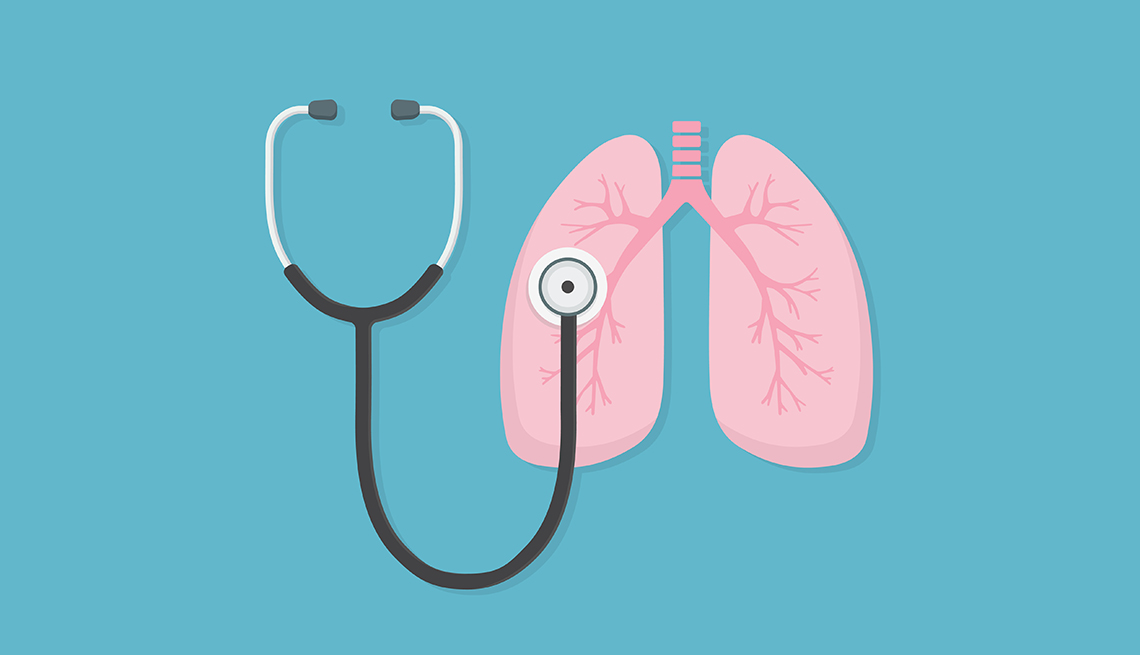Play all audios:
EARLY DETECTION IS KEY TO SAVING LIVES WARNING SIGNS OF LUNG CANCER Many people don’t experience symptoms until the cancer is advanced. Symptoms may include: * Coughing that gets worse or
doesn’t go away. * Chest pain. * Shortness of breath. * Wheezing. * Coughing up blood. * Fatigue. * Weight loss with no known cause. * Repeated bouts of pneumonia. * Swollen or enlarged
lymph nodes inside the chest in the area between the lungs. _Source: CDC_ Lung cancer is the deadliest cancer in the U.S., according to the National Cancer Institute. An estimated 238,340
new cases are expected to be diagnosed in 2023, and about 127,070 Americans will die from the disease. The cancer can occur in anyone at any age; however, cigarette smoking is the top risk
factor and is linked to about 80 to 90 percent of lung cancer deaths, and most people diagnosed with the disease are age 65 or older. What makes lung cancer especially tricky is that it’s
often symptomless until it’s at an advanced stage, when it’s harder to treat. Karam-Hage says that in large-scale trials, early detection can lead to a 20 to 25 percent improvement in
survival rates, resulting in fewer deaths from lung cancer. But a 2022 report from the American Lung Association found that only 5.8 percent of people eligible for lung cancer screening in
the U.S. get screened; the screening rate is as low as 1 percent in some states. The American Cancer Society’s Smith says that while lung cancer cases and deaths continue to drop due to
fewer people smoking and advances in treatment, “we still have to do better,” and that the update in the guidelines “is a step in the right direction.” About 19 million Americans would
benefit from an annual lung cancer screening, based on the latest recommendations. ELIGIBLE? TALK TO YOUR DOCTOR If you now fall into the population eligible for a lung cancer screening
based on these new recommendations, start by speaking with your primary care physician, Karam-Hage says — even if it’s been a long time since you smoked. “Traditionally, it was believed that
after 15 years of no-smoking, the risk of lung cancer decreases to a point that screening is no longer cost effective. However, new data suggests that while the risk of lung cancer in
former smokers goes down, the risk of malignancies from aging increases,” Karam-Hage says. The updated ACS guidelines fall closer in line with those from the U.S. Preventive Services Task
Force, which often influence insurance coverage, but they still differ on the years-since-quitting requirement. The task force’s current guidelines, issued in 2021, say adults ages 50 to 80
who have a 20 pack-year smoking history and currently smoke or have quit within the past 15 years should be screened for lung cancer.

